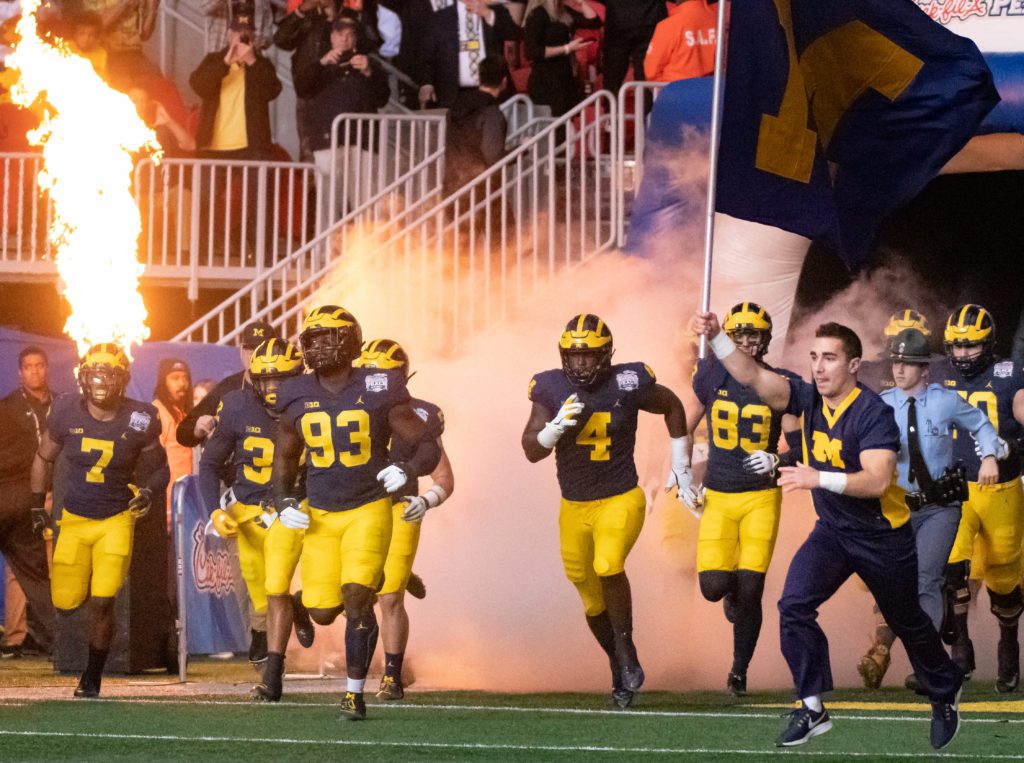There is a process to finding and telling stories about how a company changes lives.
Before you can tell stories for a company, the company needs a strategy. This strategy is most always built around increasing profits. If you are a nonprofit, you are still most likely trying to raise funds.
Start with the question, “What does the company do for its customers?” Usually, this falls into two categories from my experience.
First, they help their customers with a problem they are having and cannot fix on their own. A great example is plumbers, which help unclog people’s pipes.

Second many companies provide an experience for their customers. A great example of this would be Disney World.
Decisions are primarily emotional, not logical. Even with what we believe are rational decisions, the very point of choice is arguably always based on emotion.

Companies want to inspire their customers. This involves changing the way people think and feel about themselves so that they want to take positive actions. It taps into people’s values and desires.
The best thing to do is to tell a story. Stories don’t tell people what to do. They engage people’s imaginations and emotions. They show people what they’re capable of becoming or of doing.
The key is to find the best story that illustrates how your company played the hero by helping a customer.

Make a list of customer stories you have played a part in and get these elements for each level.
- Identify your customer crisis and the needed help
- What would have happened if the help was not received?
- How bad was it for them? Bump in the road, or was this life and death?
- Are they available to capture their story?
- Will they be willing to tell their story?
Once you have a good list of possible stories, please go through them and rank them from the most emotional to the least dynamic.
While you will try and do the story with the emotional impact that pulls on people’s heartstrings, you must be realistic and see which one is doable. Which one can you get the best visuals to support the story?

